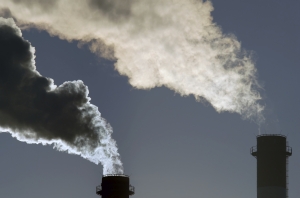As states continue to work with industry towards achieving net zero GHG emissions targets, policymakers have sought to understand the cost and opportunity to reduce emissions across different sectors of the economy, helping to inform the design of specific policy measures to unlock identified emissions reductions.
While direct emissions abatement is a key part of policy design and planning, the cost and availability of external abatement – in the form of emissions offsets – is equally critical to ensure that industry can reduce emissions at least cost. How emissions offsets are deployed by state policymakers – and the future price and availability of eligible offsets – is therefore critical for decision makers in minimising the cost of policy.
In this update, we analyse the availability of different offset sources in Australia. Specifically, we examine how the development of an expanded pool of domestic offsets – including electricity sector offsets such as Large-scale Generation Certificates (LGCs) – may reduce the marginal cost of external abatement for industry.
In doing so, the use of LGCs for their emissions reduction value has the potential to significantly reduce the cost impact of state emissions reduction frameworks, while establishing a floor price for LGCs, incentivising new investment to support state renewable energy targets.















